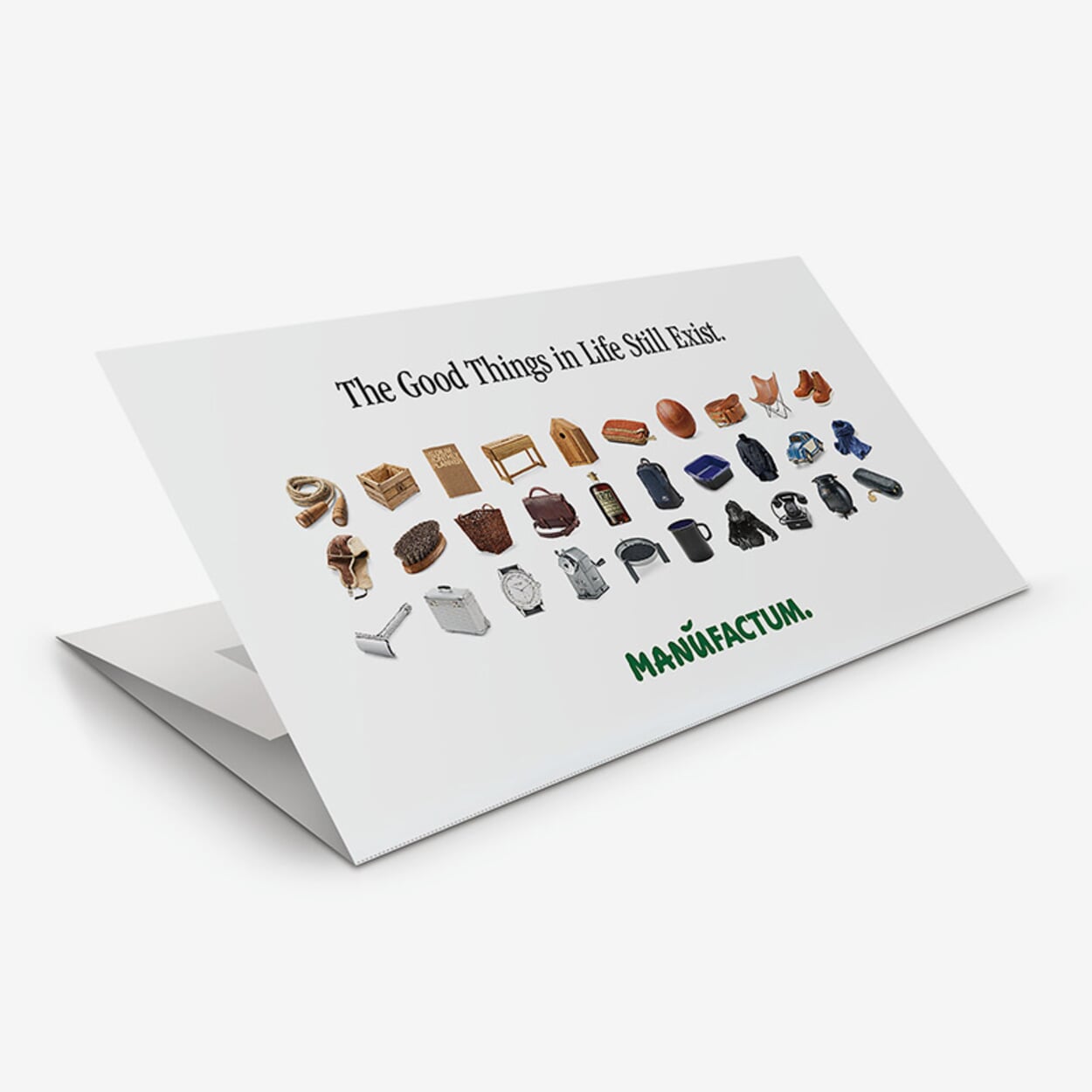Fountain pen cellulose acetate tortoise shell

Fountain pen cellulose acetate tortoise shell
- Haptically and visually convincing: made of cellulose acetate
- Useable with standard cartridges or converters
- Handmade in Japan: by Ohnishi Seisakusho
General Information
Hand turned rarity. Cellulose acetate fountain pen
The three parts required for the fountain pen (barrel, headpiece and cap with thread) Ohnishi turns in quite a few operations largely freehand from candy or rod material - he even cuts the thread freehand. Finally, all surfaces are ground and polished. The fountain pen is equipped with an ink guide system and a gold-plated steel nib from German production, the manageable availability because it is only available in the nib width M. It can be operated both with a converter (enclosed) as well as with standard ink cartridges.
Fountain pen's new clothes
Just as writing and reading was once reserved for only a few, writing instruments such as the fountain pen could initially afford only more well-heeled. In the production anyway more complex than simple penholders or pencils, which soon became accessible to a broad mass through new manufacturing processes, the demand for material and workmanship increased. The proximity of jewelry and writing instrument production, for example in Birmingham (Yard-O-Led) or Pforzheim (Waldmann), is therefore not surprising, nor is the use of silver for the barrels of fountain pens.
From the 1920s, for example, people began to use recently developed plastics such as ebonite, galalith and celluloid or cellulose acetate for writing instruments instead of expensive metal - with great success. However, these materials were soon imitated even by cheap thermoplastics. Thus, many writing instruments are now cheap and affordable for almost everyone, but the old plastics are hardly processed, although they offer haptic and visual far more than the new.
Writing Instruments by Ohnishi Seisakusho – Made of Hand-Turned Cellulose Acetate.
One of the very few left who masters the art of hand-turning barrels for writing instruments is the Japanese Keizo Ohnishi. He learned the old technique from master Kiyoshi Kato, known as a kind of grandmaster of writing instrument manufacture, and took over Kato’s workshop when the master died. At the still operating workshop, Ohnishi continues to produce fountain pens made of cellulose acetate – entirely by hand and, therefore, in minimal quantities. Ohnishi uses a classic black-brown cellulose acetate, reminiscent of tortoiseshell and horn in terms of look and feel, for producing the fountain pen and a pencil holder (a relatively unknown utensil in our latitudes) complete with screw cap and clip. The material feels pleasant and never cold to the touch while impressing with astonishing visual brilliance. The material’s surface is not sensitive to scratches but self-polishing. Besides, the marbling looks different in every writing instrument. Discovered in 1865, cellulose acetate (along with celluloid) is one of the oldest thermoplastics. Among the plastics made from a natural product, the material has been the most important plastic from the 1920s until today. In fact, as a derivative of cellulose, the material is one of the bioplastics.
Product Information
Article Number 203105
- Haptically and visually convincing: made of cellulose acetate
- Useable with standard cartridges or converters
- Handmade in Japan: by Ohnishi Seisakusho
Body, screw-on cap and headpiece made of cellulose acetate. Gold-plated brass trim ring. Gold-plated steel clip. Gold-plated steel nib, nib width M. With a converter and 2 standard ink cartridges (blue). Made in Japan. Length 13 cm (closed), Ø 12 mm. Weight 16 g. Supplied in a gift box.
Have a question?
If you have a question concerning this product you are welcome to contact us. For this your E-Mail program will open.
Contact Us
For advice, spare parts or special requests - our customer service will take care of your questions and concerns, personally and competently.
You can reach us from Monday to Friday at +49 2309 939095 or anytime at info@manufactum.com
Gift Certificates
It is good for everything: With our PDF gift certificates you can choose from the entire Manufactum selection. Pick a motif which you can send by email or print out and present personally, immediately after submitting your order.
Order now


